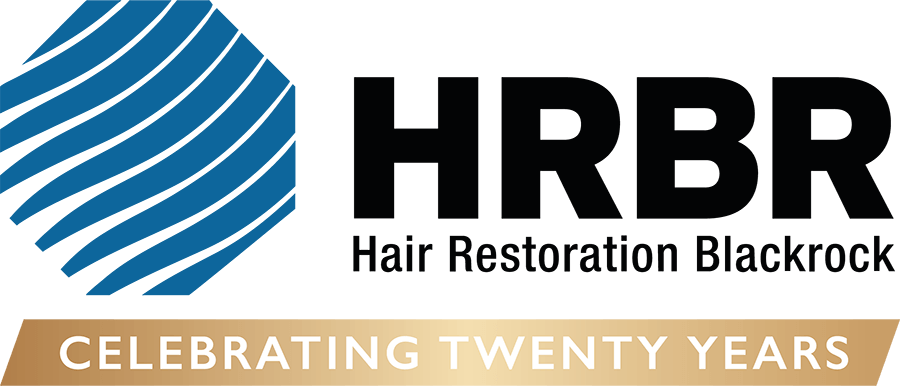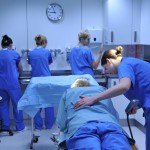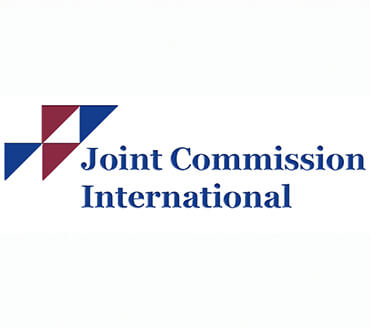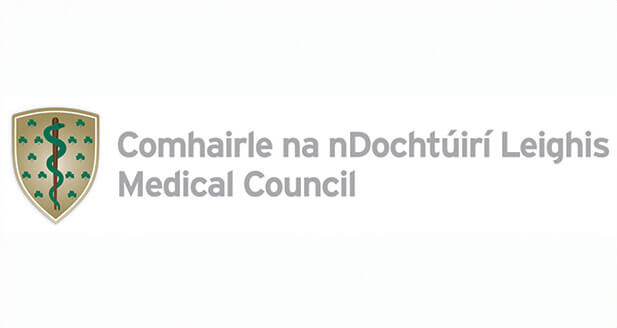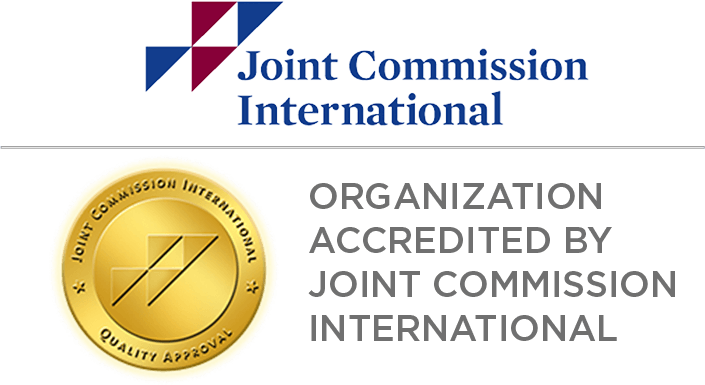Questions to ask your hair transplant surgeon
When choosing a surgeon for hair transplant surgery, there are important factors to be taken into consideration. Hair transplant procedures are unregulated in many countries, including Ireland. The results of a good hair transplant can be life changing; unfortunately the results of a poorly executed hair transplant surgery can have a catastrophic psychological effect. Patients must ensure that they are looked after by a properly qualified surgeon. In an unregulated industry, it is essential that patients do their research and above anything else the patient must have confidence in the surgeon, the team and the facility that is looking after them.
The level of experience and expertise of your chosen surgeon will directly impact the success of your procedure. You should be realistic about the potential outcomes and understand how hair transplant surgery works. So when it comes time for your consultation there are important questions to be asked and answered. Here are some of the important questions to ask your hair transplant surgeon.
Hair transplant questions to ask your surgeon
Will your consultation be with a doctor?
It is important to meet a properly qualified doctor at your consultation, not a salesperson. Sales people should not be involved in arranging a surgical procedure, nor will they be in a position to give you accurate details on the outcomes you should expect, as each case is different.
Will the procedure be carried out by a qualified surgeon?
Check the professional credentials of your surgeon, ask of they are experienced in microscopic surgery and how many hair transplants have they carried out?
How much donor hair is available?
The amount of donor hair that is available for transplantation is crucial to both the extent and success of the surgery. This figure is finite and not upwardly flexible.
Does the clinic use stereomicroscopes?
Even though they are considered the gold standard, as they can give 20% more yield from the donor strip, stereomicroscopes are only used by a minority of transplant clinics in the world. This is because they are expensive and require more skill and manpower. All of the grafts at HRBR are produced using stereomicroscopes. We use the very latest technology from Nikon® in the form of Diascopic Microscopes which allows white hairs to be seen during dissection.
What sort of grafts does the surgeon use?
There is a major difference between mini/micro grafting and follicular unit transplantation (FUT). In mini/micro grafting small grafts are cut to size without respect for the integrity of the follicular unit. Follicular unit transplanting consists of using stereomicroscopes to carefully remove these units intact from the skin to transplant to the balding areas. The hairless skin between the follicles is removed so that you get a genuine “hair” transplant. It is important to do this because the last thing a patient with bald skin needs is to have more bald skin transplanted along with the hair.
A micro-graft is a graft containing 1 to 2 hairs and a mini-graft is a graft containing 3 to 6 hairs. Mini / micro-grafting does not respect the follicular units. They are prepared by removing the donor strip with a multi-bladed knife, which results in more hair transection (cutting) than with a single-bladed knife. After the strip removal, the grafts are prepared and cut-to-size using little or no magnification and with little respect for the natural follicular units. This causes three problems: 1) more transection 2) transplanting the hairless skin, and 3) less density in the recipient area due to the hairless skin being transplanted and the larger size of the grafts. The main advantages of mini/micro grafting are that it is faster for the surgeon and requires less skill and manpower for the assistants and is, therefore, cheaper.
How many people are on the team?
This is important as the donor hair degrades over time, the time between extraction and transplantation. It is absolutely critical that donor hair is handled and treated with respect as no new hair can be created. At HRBR on any one transplant surgery there may be up to 18 technicians, nurses and surgeons working on each patient
Find us on Facebook here.
Join us on Google+ here
